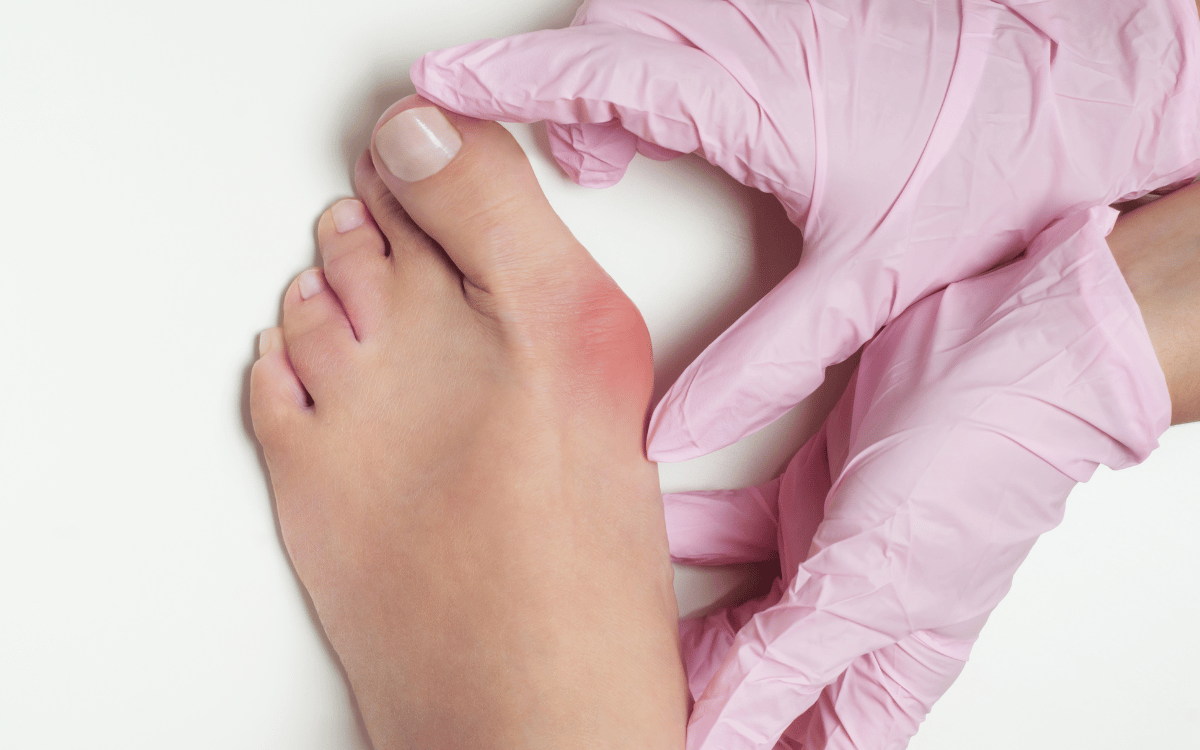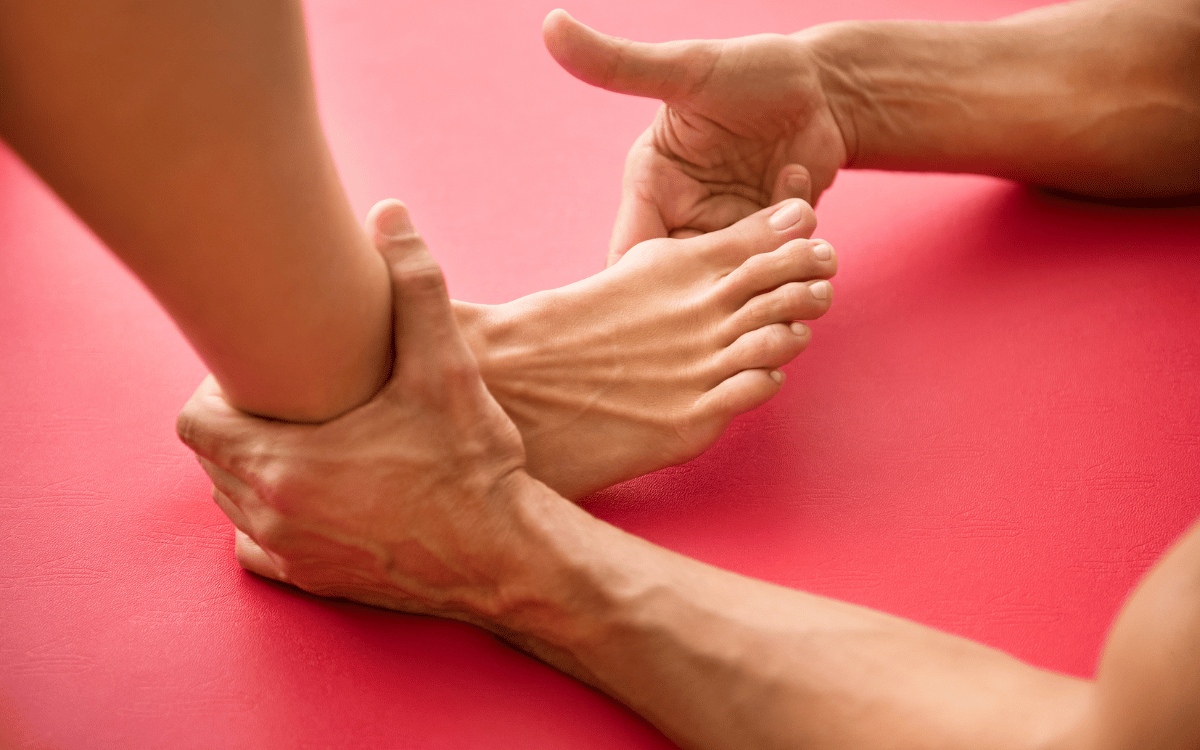Understanding Bunions: Causes and Symptoms
Bunions, or hallux valgus, are bony bumps that form at the base of the big toe, often causing pain and discomfort. They can develop due to various factors, including genetic predisposition, improper footwear, and excessive pressure on the feet.
Common symptoms of bunions include swelling, redness, and a noticeable protrusion at the toe joint. Understanding these symptoms is crucial for early intervention and effective treatment options, particularly for those considering conservative therapies.
Benefits of Non-Surgical Bunion Treatments
Non-surgical treatments for bunions focus on alleviating pain and improving foot function without the need for invasive procedures. These methods include foot mobilization therapy, orthotic devices, and lifestyle modifications, which can significantly enhance the quality of life for individuals suffering from bunions.
Research has shown that conservative treatments can effectively reduce pain and slow the progression of bunions, making them a preferred choice for many patients. These approaches are particularly beneficial for those who wish to avoid surgery or are not ideal candidates for surgical intervention.
Foot Mobilization Therapy: How It Works
Foot mobilization therapy involves manual techniques applied by a trained podiatrist to restore proper alignment and function of the foot. This therapy aims to relieve pressure on the bunion, reduce pain, and improve overall foot mechanics.
During the therapy sessions, the podiatrist will assess the foot's range of motion and apply targeted techniques to enhance mobility. Many patients report significant improvement in their symptoms after a series of sessions, making it a valuable conservative treatment option.
Frequently Asked Questions about Bunion Treatments
Patients often have questions regarding the effectiveness, duration, and safety of various bunion treatments. Addressing these queries is essential for helping potential clients make informed decisions about their care.
Common questions include, "How long does foot mobilization therapy take to show results?" and "Are there any risks associated with non-surgical treatments?" Providing clear and concise answers can help demystify the treatment process and encourage individuals to seek the help they need.



